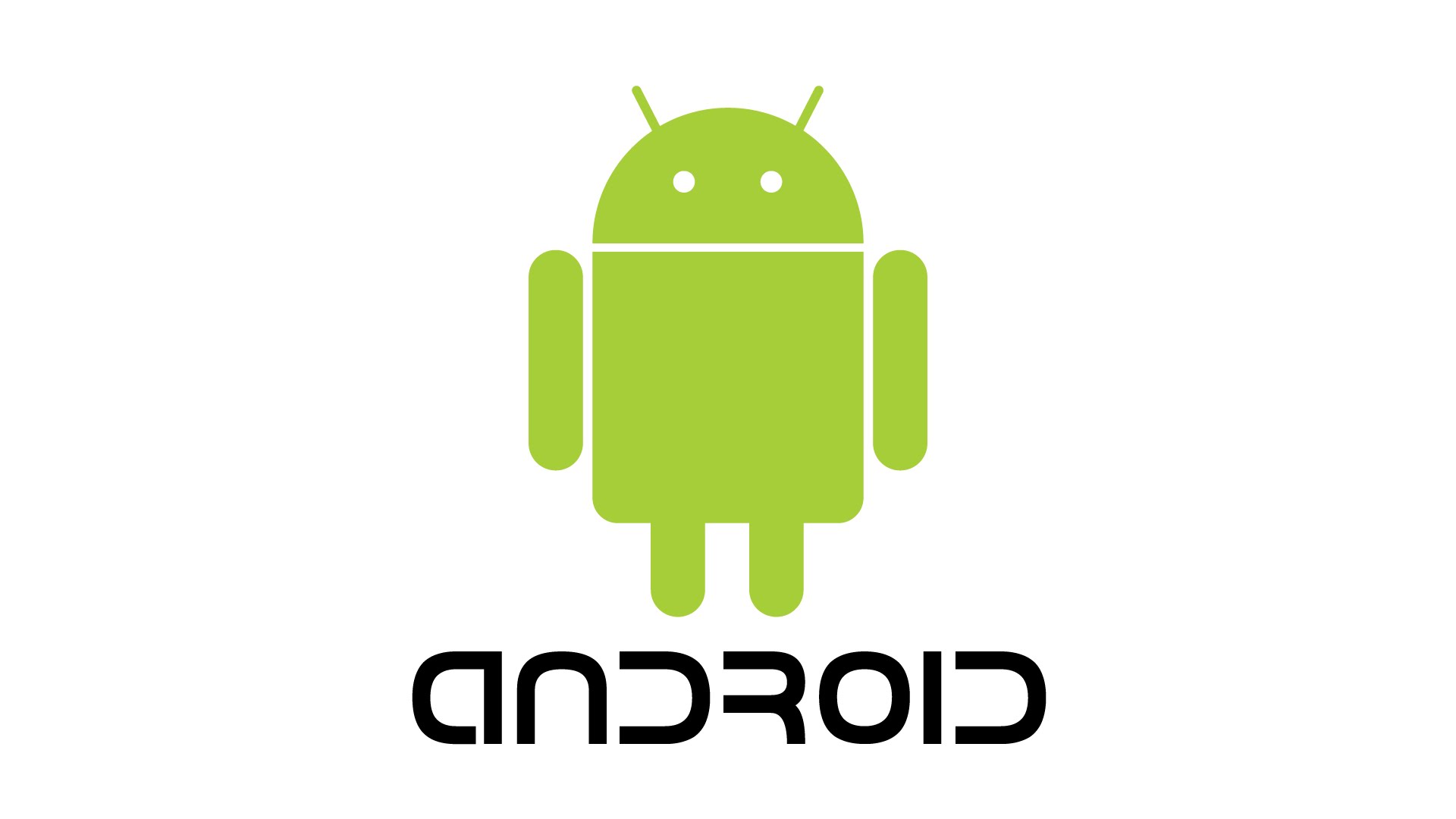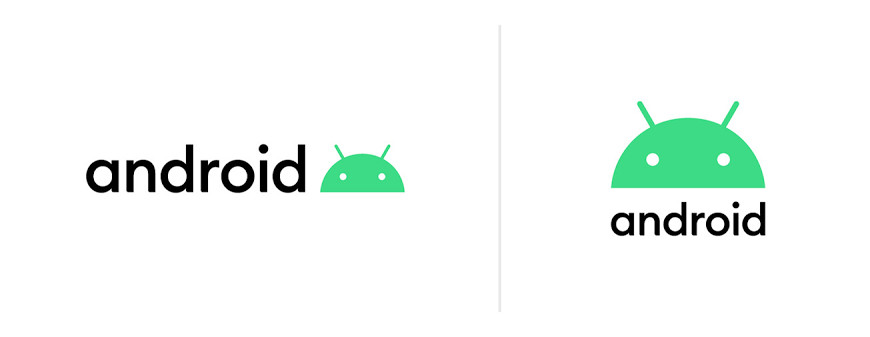Android Basics What's Android ?
Android, Basically it is a OS developed as unix (Modified Linux Kernel) based on Java,C,C++ and etc; and Initially Released on 23rd Sept 2008 which Powers Mobiles, Tablets, Smart TVs, Watches and Auto as well. The OS is 64-bit ARM, x86-64, unofficial RISC-V support; 32-bit (for e.g. ARM) platforms was supported. Android is developed by a consortium of developers known as the Open Handset Alliance and commercially sponsored by Google. Now there are plenty of mobiles are running on Android with their own customized skins and stock OS as well.
Introduced & Commercially Used :
Android Primarily designed to power Touch Screen devices like Mobiles & Tablets. It was unveiled in November 2007, with the first commercial Android device, the HTC Dream, being launched in September 2008.Android OS is free and open-source software; its source code is known as Android Open Source Project (AOSP), which is primarily licensed under the Apache License. However most Android devices ship with additional proprietary pre-installed Google Mobile Services (GMS). which includes core apps such as Google Chrome, the digital distribution platform Google Play, and associated Google Play Services development platform. Android has been the best-selling OS worldwide on smartphones since 2011 and on tablets since 2013. As of May 2021, it has over three billion monthly active users, the largest installed base of any operating system, and as of January 2021, the Google Play Store features over 3 million apps. Android 12,which is released on October 4, 2021,is the latest version.
Features :
Interface
Android's default user interface is mainly based on direct manipulation, using touch inputs that loosely correspond to real-world actions, like swiping, tapping, pinching, and reverse pinching to manipulate on-screen objects, along with a virtual keyboard. Game controllers and full-size physical keyboards are supported via Bluetooth or USB. The response to user input is designed to be immediate and provides a fluid touch interface, often using the vibration capabilities of the device to provide haptic feedback to the user. Internal hardware, such as accelerometers, gyroscopes and proximity sensors are used by some applications to respond to additional user actions.
Home screen
Android devices boot to the home screen, the primary navigation and information "hub" on Android devices, analogous to the desktop found on personal computers. Android home screens are typically made up of app icons and widgets with information; app icons launch the associated app, whereas widgets display live, auto-updating content. A home screen may be made up of several pages, between which the user can swipe back and forth. Third-party apps available on Google Play and other app stores can extensively re-theme the home screen, and even mimic the look of other operating systems like windows, IOS etc... Most manufacturers customize the look and features of their Android devices to differentiate themselves from their competitors with their own developed skins which are actually based on android it-self.
Status bar
Along the top of the screen is a status bar, showing information about the device and its connectivity. This status bar can be pulled (swiped) down from to reveal a notification screen where apps display important information or updates, as well as quick access to system controls and toggles such as display brightness, connectivity settings (WiFi, Bluetooth, cellular data), audio mode, and flashlight. Now a days Vendors implementing extended settings such as the ability to adjust the flashlight brightness and other shortcuts.
Notifications
Notifications are "short, timely, and relevant information about your app when it's not in use", and when tapped, users are directed to a screen inside the app relating to the notification. Beginning with Android 4.1 "Jelly Bean", "expandable notifications" allow the user to tap an icon on the notification in order for it to expand and display more information and possible app actions right from the notification.
App lists
An "All Apps" screen lists all installed applications, with the ability for users to drag an app from the list onto the home screen. The app list may be accessed using a gesture or a button, depending on the Android version. A "Recent Tasks" screen, also known as "Overview", lets users switch between recently used apps. The recent list may appear side-by-side or overlapping, depending on the Android version and manufacturer.
Navigation buttons
Frontal buttons (home, menu/options, go back, search) and optical track pad of an HTC Desire, a 2010 smartphone with Android OS. Many early Android OS smartphones were equipped with a dedicated search button for quick access to a web search engine and individual apps' internal search feature. More recent devices typically allow the former through a long press or swipe away from the home button. The dedicated option key, also known as menu key, and its on-screen simulation, is no longer supported since Android version 10. Google recommends mobile application developers to locate menus within the user interface. On more recent phones, its place is occupied by a task key used to access the list of recently used apps when actuated. Depending on device, its long press may simulate a menu button press or engage split screen view, the latter of which is the default behavior since stock Android version 7.
Split-screen view
Native support for split screen view has been added in stock Android version 7.0 Nougat. The earliest vendor-customized Android-based smartphones known to have featured a split-screen view mode are the 2012 Samsung Galaxy S3 and Note 2, the former of which received this feature with the premium suite upgrade delivered in Touch Wiz with Android 4.1 Jelly Bean.
Charging while powered off
When connecting or disconnecting charging power and when shortly actuating the power button or home button, all while the device is powered off, a visual battery meter whose appearance varies among vendors appears on the screen, allowing the user to quickly assess the charge status of a powered-off without having to boot it up first. Some display the battery percentage.
Audio-coupled haptic effect
Since stock Android version 12, released early 2021, synchronous vibration can be set to complement audio.Such feature initially existed under the name "Auto Haptic" on the Android-based 2012 Samsung Galaxy S III, released with a vendor-modified (TouchWiz) installation of Android 4.1 Jelly Bean.
Adoptable storage
Android 6.0 Marshmallow brought adoptable storage, an option to format and mount the memory card as extension of the internal storage instead of default separate portable storage. While possibly facilitating on-device file management due to files stored on both internal storage and memory card appearing in one place, adopted storage denies data recovery at technical defect and instant reuse in a different device unless reformatted. For these reasons, the major vendors Samsung and LG opted to exclude adoptable storage. Applications moved to the memory card were previously stored as .asec files inside an ".android_secure" directory.
Memory management
Since Android devices are usually battery-powered, Android is designed to manage processes to keep power consumption at a minimum. When an application is not in use the system suspends its operation so that, while available for immediate use rather than closed, it does not use battery power or CPU resources. Android manages the applications stored in memory automatically: when memory is low, the system will begin invisibly and automatically closing inactive processes, starting with those that have been inactive for the longest amount of time. Lifehacker reported in 2011 that third-party task-killer applications were doing more harm than good.





0 Comments
Let us know what you have in mind